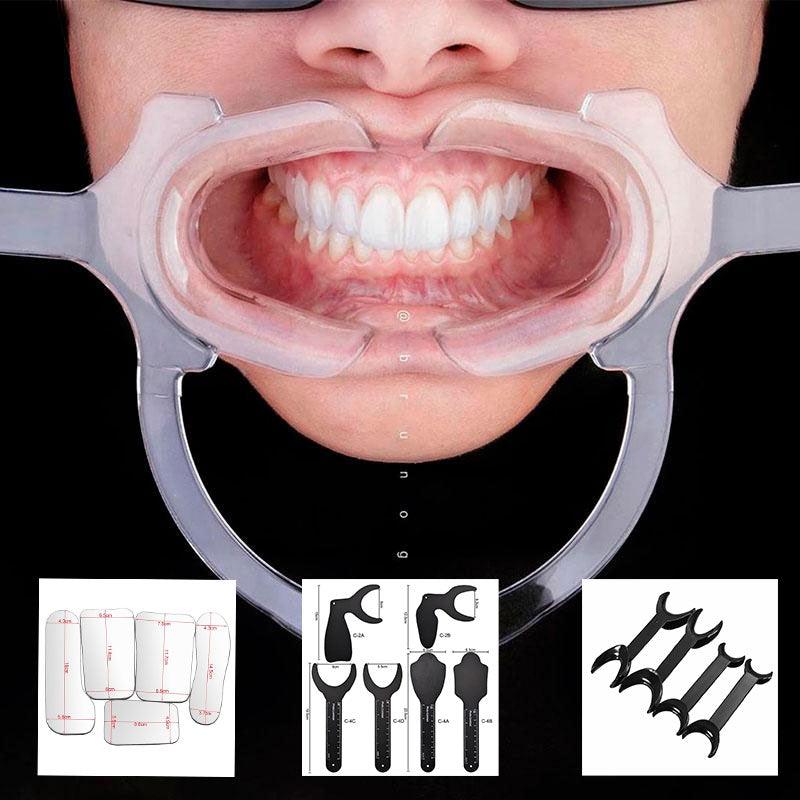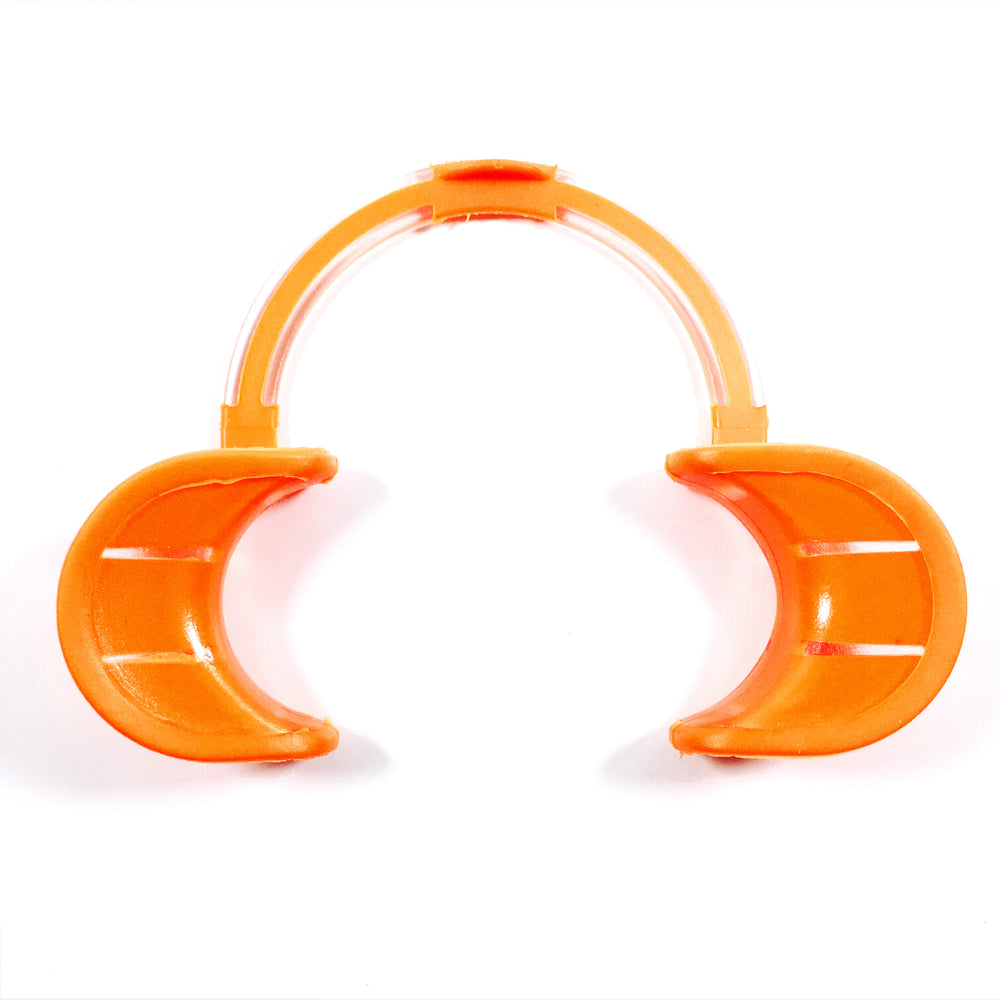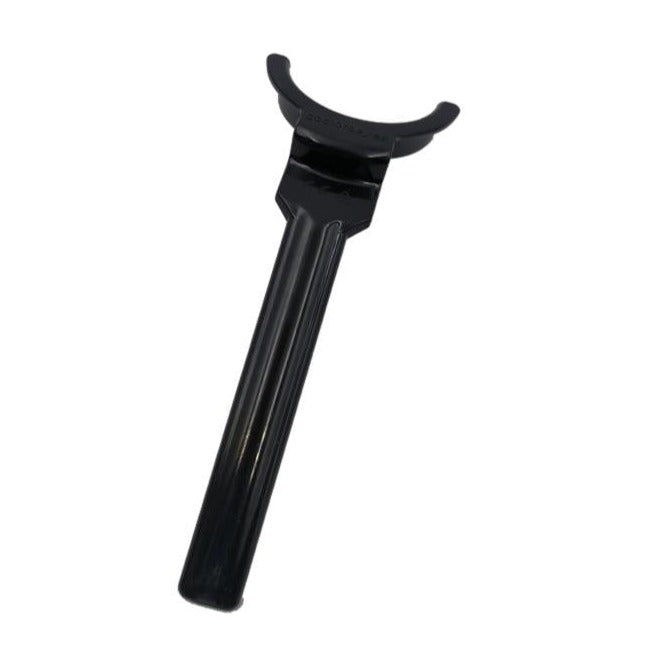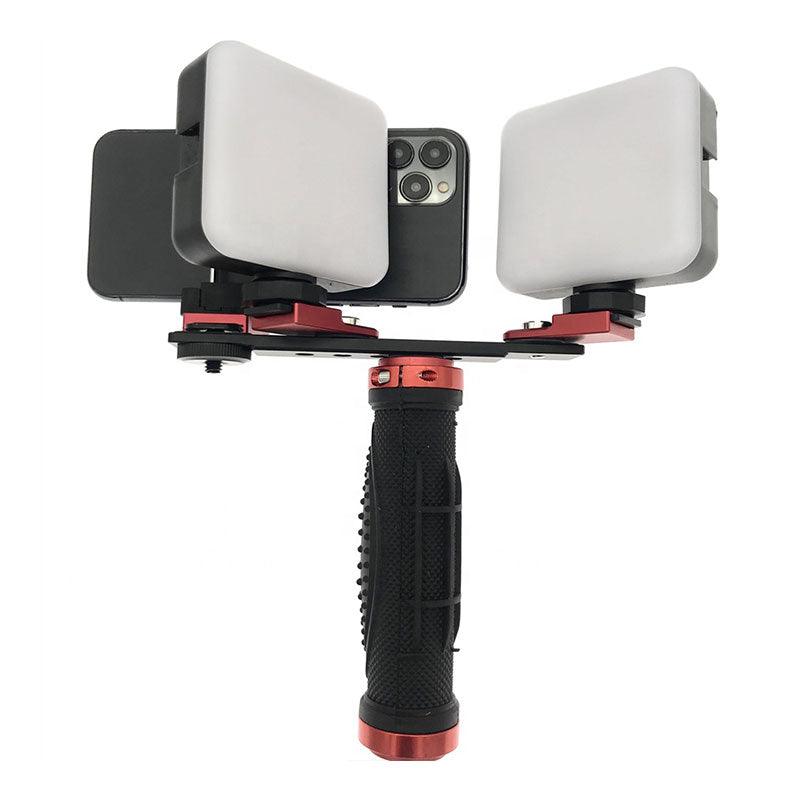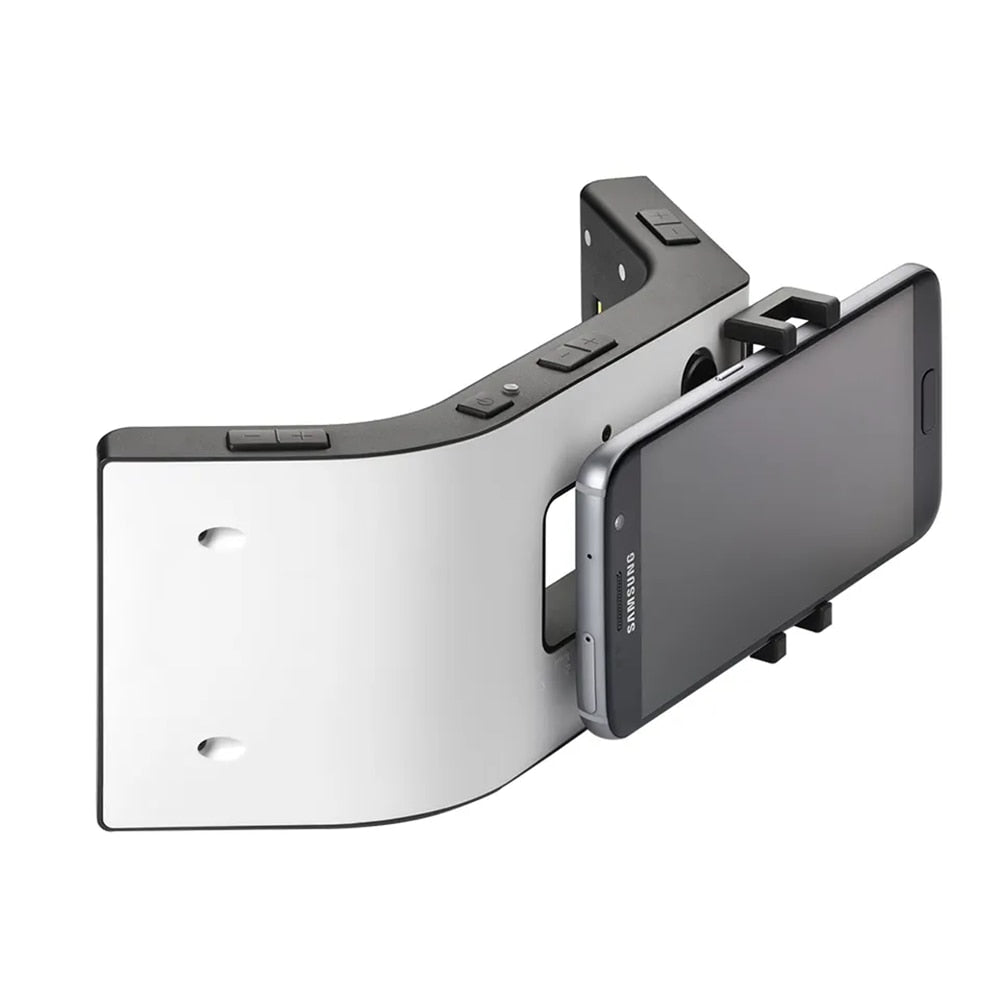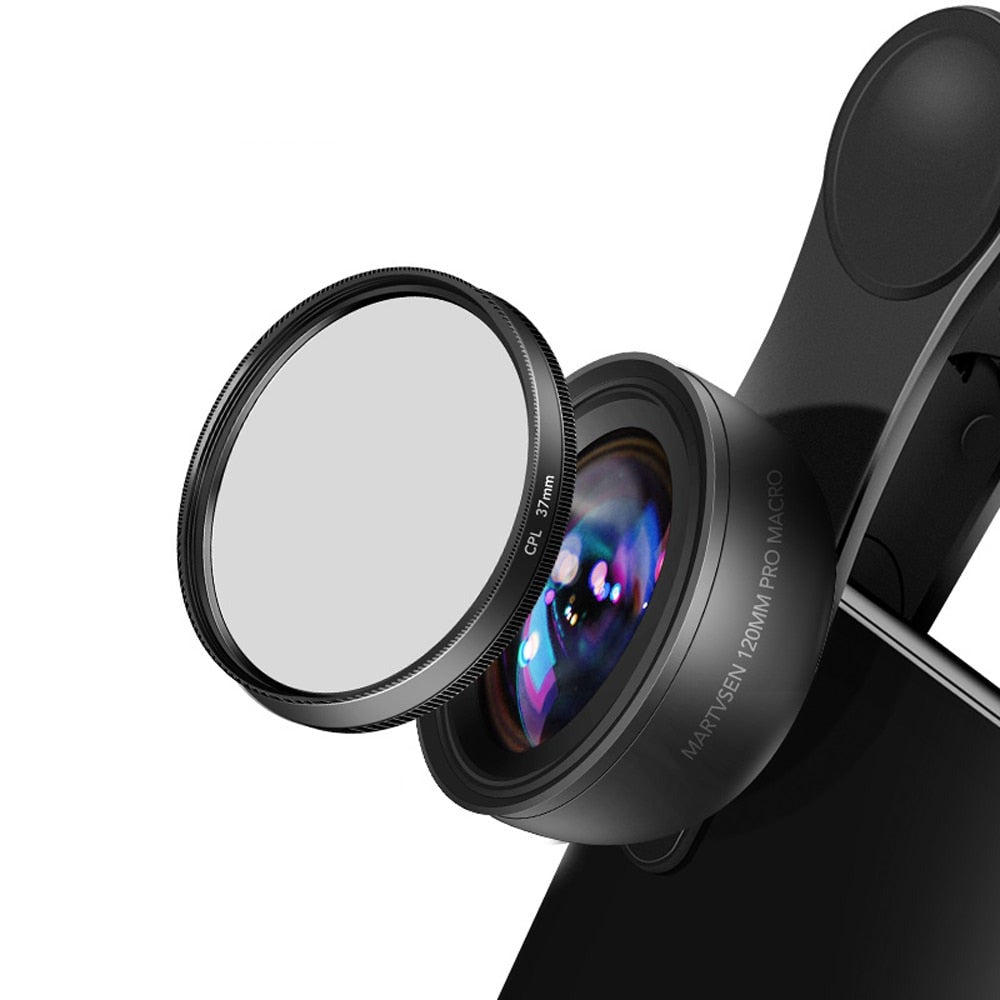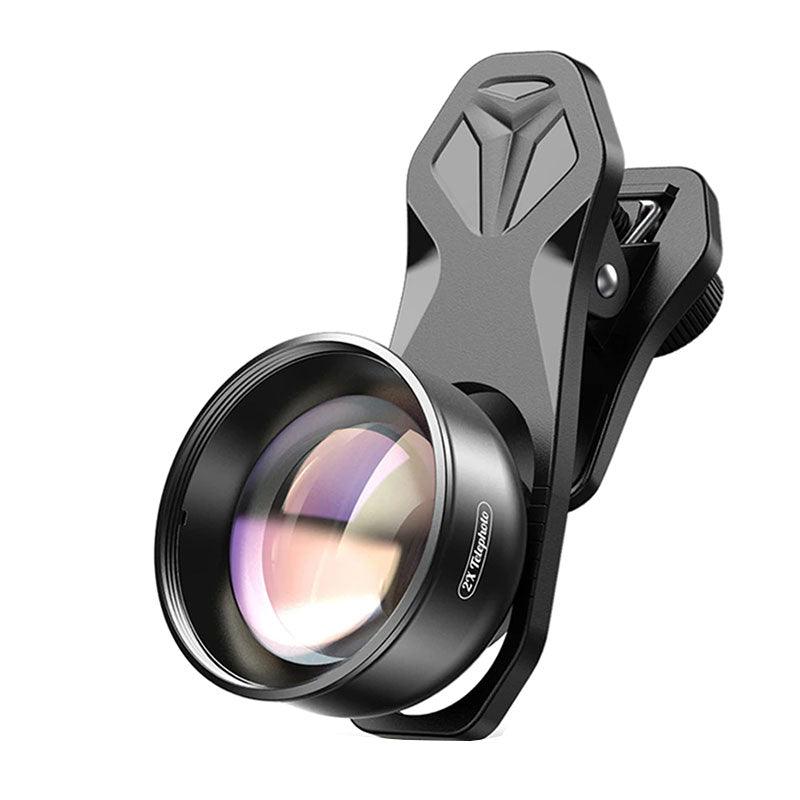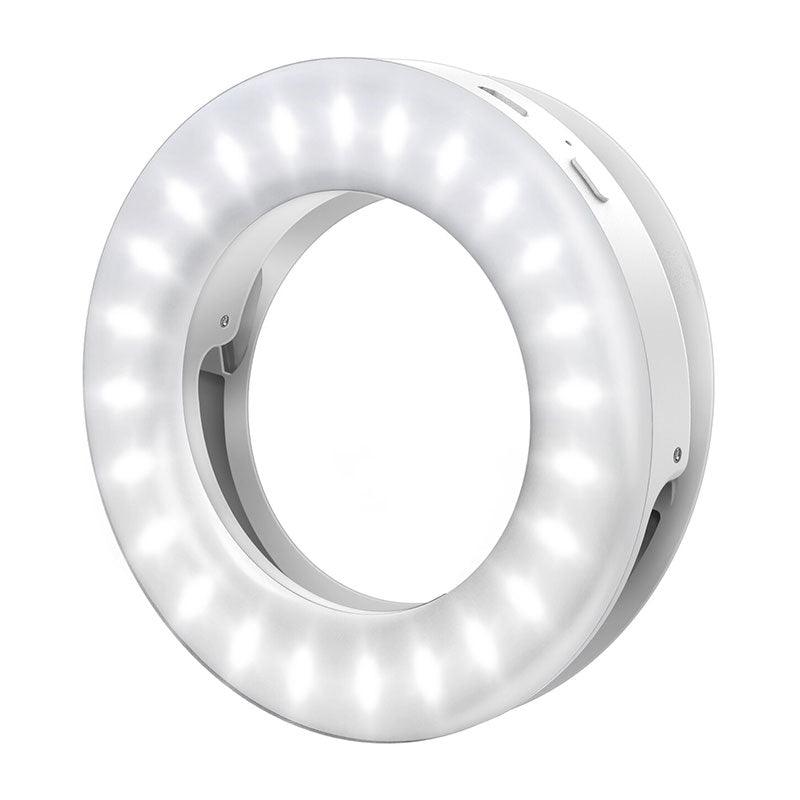Capturing a well-exposed photograph is an art that relies on the harmonious interplay of three fundamental components: shutter speed, aperture, and ISO. In this article, we will unravel the mechanics behind these elements and explore how they collaborate to achieve optimal exposures. By understanding their roles and relationships, photographers can unlock a world of creative possibilities and capture breathtaking images.
Shutter Speed: Freezing or Blurring Time
Shutter speed, measured in seconds or fractions of a second, determines the duration for which the camera's sensor is exposed to light. A faster shutter speed (e.g., 1/1000) freezes fast-moving subjects or action, ensuring sharpness and clarity. Conversely, a slower shutter speed (e.g., 1/30) captures motion blur, which can add a sense of dynamism to images. Balancing shutter speed with other settings is essential to control the amount of light reaching the sensor.
Aperture: Controlling Depth of Field and Light
Aperture, represented by the f-number, regulates the size of the opening in the lens through which light enters. A wide aperture (e.g., f/2.8) produces a shallow depth of field, isolating the subject from the background and creating a pleasing bokeh effect. A narrow aperture (e.g., f/16) increases the depth of field, ensuring more of the scene is in focus. Aperture also influences the amount of light reaching the sensor; wider apertures allow more light, while narrower apertures limit light intake.
ISO: Balancing Sensitivity and Noise
ISO determines the camera sensor's sensitivity to light. A lower ISO setting (e.g., ISO 100) produces high-quality images with minimal noise, suitable for well-lit environments. Increasing the ISO (e.g., ISO 1600) makes the sensor more sensitive, allowing for photography in low-light situations. However, higher ISO settings can introduce digital noise, reducing image quality. Finding the right balance between ISO and other settings is crucial to achieving the desired exposure without sacrificing image quality.
The Dance of Exposure: Finding Equilibrium
To achieve a well-exposed photograph, the photographer must strike a balance between shutter speed, aperture, and ISO. These three elements work together in a delicate dance, with each adjustment affecting the others. For instance, if a faster shutter speed is chosen, a wider aperture or higher ISO may be required to maintain proper exposure. Conversely, a slower shutter speed might necessitate a smaller aperture or lower ISO. This dynamic interaction allows photographers to creatively manipulate their images' look and feel.
Life Hacks for Masterful Exposures:
1. Golden Rule: Use the "Sunny 16" rule (f/16 at ISO 100 in bright sunlight) as a starting point, then adjust accordingly for different lighting conditions.
2. Priority Modes: Explore aperture priority (A/Av) and shutter priority (S/Tv) modes on your camera for quick adjustments to a specific setting while letting the camera handle the rest.
3. Bracketing: Utilize exposure bracketing to capture multiple shots at varying exposures, providing options for post-processing.
4. Manual Mode Mastery: Challenge yourself to shoot in manual mode to gain complete control over all settings and enhance your understanding of their interactions.
5. Noise Reduction Techniques: Learn noise reduction techniques in post-processing to mitigate noise from high ISO shots.
The triumvirate of shutter speed, aperture, and ISO wields immense power over the outcome of your photographs. By grasping their roles and interconnections, photographers can harness their potential to craft images that evoke emotion and tell compelling stories. Remember, the magic lies in finding the perfect balance among these elements, allowing you to capture moments with the artistry and precision they deserve.




